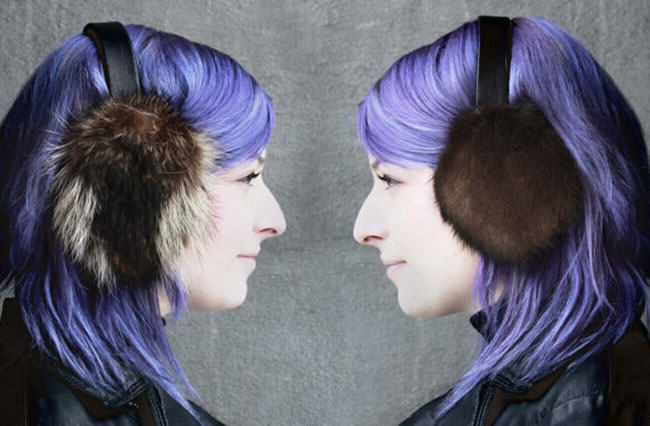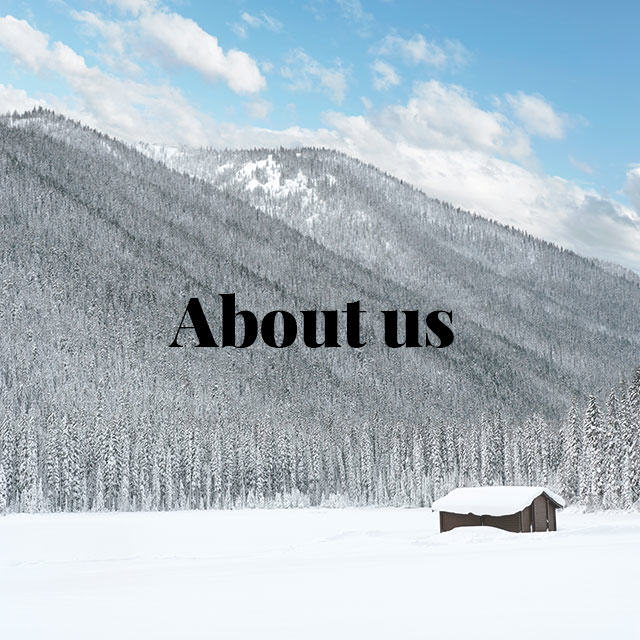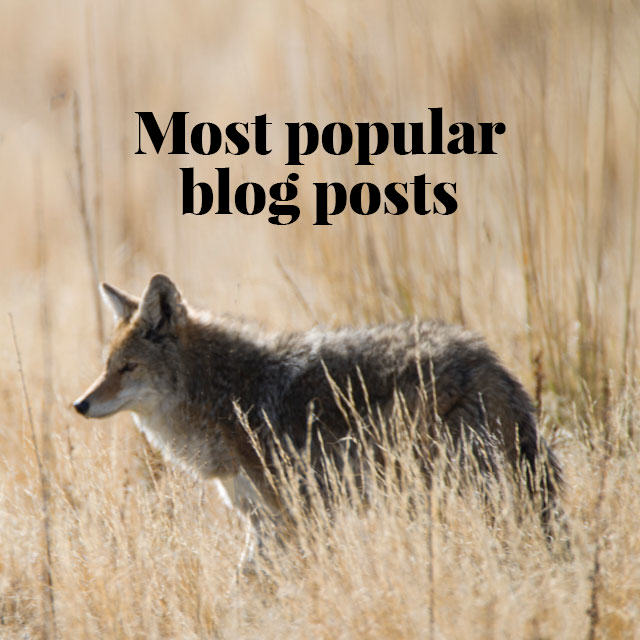
Have you ever wondered how to recycle old fur? Remodelling is a great way to breathe new life into an old fur coat or jacket. Whether it is an old mink coat in pristine condition, or a vintage piece that has seen better days, most furs can be recycled in some way. Just see these before-and-after photos (above) of a coat remodelled by Natural Furs of Montreal.
Here are five things you can do with an old fur coat or jacket.
Recut into a New Shape
This could be something simple like shortening the coat to make it more modern, changing the sleeve shape or just taking off the sleeves to make a vest. Alternatively, you could attempt something a bit more dramatic, like recutting the piece entirely. Fur is unique in that a good coat can be completely transformed into something new using the “letting out” sewing technique that is exclusive to fur. Expect to pay $500 and up for a job like this, and make sure you choose a furrier who is experienced in remodelling and knows how to recycle old fur.

Make an Accessory
An old fur coat could make a great fur collar, scarf, or hat. We’ve also been told of someone who had an old fur turned into glove liners. My hands are warm just thinking about it. Depending on the complexity of a job like this, you are likely looking at $100 and up.
A Coat Lining
Furs look great on the outside but they also feel really good when they are inside a coat. Creating a coat lining with an old fur coat can be a great way to keep warm without showing off the pelts. This works especially well in rainy places; creating a raincoat lining out of an old fur coat means you will be warm and dry. You might be able to get a lining created for a few hundred dollars, but it will most likely cost over $500 if you are planning to recut the shape and do fancy finishings. This could be a DIY project if you have a coat that you aren’t too precious about. Simply cutting off the sleeves, removing the lining, and turning the coat inside out could get you a pretty decent raincoat lining if you don’t need something fancy. (I am going to try this over the weekend. Wish me luck!)

A Cushion, Blanket, or Seat Covering
This is normally what people suggest as a worst-case scenario. If your coat’s skins are too dry to be turned into another garment, then making them into a cushion or blanket is a great alternative. Fur seat covers in your car would pretty much be the definition of “driving in style”, and if you’ve got a baby with expensive tastes, you could try to recycle old fur into a baby blanket or stroller lining. My son had an old piece of beaver as the lining of his car seat and he was quite pleased!

Trinkets
If your coat is too old to turn into a garment, and too small to turn into a cushion or blanket, then you could try making a trinket with it. A fur corsage, piece of jewelry, or a teddy bear is a great way to use an otherwise un-usable piece of fur. This is also a great option for any left over pieces, if you decide to shorten a fur coat, for example, why not make use of the pieces that were cut off?
A few things to consider before recycling a fur:
The age of the garment matters. It needs to have been well taken care of and stored properly in order for the fur to be in good enough shape to be remodelled. A lesson for us all – proper fur coat storage does prolong its life!
Some new pelts are over dried to make them lighter. These ones may also not be idea for remodelling.
Coats that have been let out can sometimes be too weak for remodelling, but nothing is stopping you turning them into a nice throw.
Mink, beaver, and fox are great fur types for recycling, whereas chinchilla, weasel and muskrat have thin leather and are more difficult to recycle into garments.
Remodelling isn’t just about cutting a new garment or item from an old fur, you can also dye furs or shear them. There is a world of possibilities!











Is there a black dye vat suitable for light fur ?
It’s just a suggestion … Why don’t you try asking International Fur Dressers & Dyers at [email protected]
Many animal rehabilitation shelters accept old fur coats which they use in cages of recuperating animals. They are in shock / healing and need to be kept warm. For old furs you cant use otherwise it is a better use than a landfill.
Hi, thank you so much for this wonderful advice. I am remodelling a real fur child’s jacket my grandmother gave me but the leather is quite thin and stitches rip easily. Is there something I can adhere to the edges before sewing please? Any advice gratefully received. Thank you.
Hi Kim. If possible, you need to show your jacket to a furrier who specialises in remodelling vintage furs. They use a combination of tape and hand stitching to save fragile leather, and they can work wonders. But usually there is a caveat that the restored garment must be treated gently. For example, the simple act of sitting down places stress on the leather, particularly with full-length coats. So if you value your jacket highly, we strongly recommend showing it to an expert. Good luck!
I have 3 beautiful old fur coats that I inherited, and all are no longer supple, the seams are cracking, and quite brittle. They are very similar in color and look, I am thinking of using them to cover a seat, make a pillow, or covering a headboard. – or also making a blanket or throw.
I would like advice on the headboard in particular, it would be a hard backing, a good quality board, and thinking with no padding. I am considering using 2- sided tape, or glue? as I don’t believe that they can be re-conditioned. FYI- I received them in this shape…..I believe one is a sheared beaver, one is mink and one is coyote. Thanks, any advice you can give me is helpful. I am an accomplished DIY-er,,,,
I have a 12′ fox fur trim that was removed from a cape. It’s in perfect condition. How do I find out what it’s worth and if anyone is interested in buying it?
My Mom”s natural mink stole and ribbon jacket with a mink collar are in great shape, but they smell from the way they’ve been stored (I guess) since the Sixties. Can they be cleaned?
Hi Maryellen, it certainly can be cleaned, but this is not something you want to try yourself if you don’t know exactly what you’re doing. Any furrier should be able to take care of it for you.
Do you know where I could get in touch with someone who makes Teddy Bears out of fur coats. I live in Toronto, Ontario Canada
Alberta Graham
Email [email protected]
Thank You=
Thank you for sharing such a piece of useful information. I’m very impressed to see these new designs. I’m interested to use it.
could you place the fleece of a freshly shorn sheep on the “leather” side, so the lanolin could be absorbed?
I used pure mink oil on a collar. the fur backing absorbed the oil, however, the collar, now a scarf has an odor. It’s not bad, but it’s not good.
I would love some up cycling experts to provide feedback. I’ve heard shoe leather moisturizers or horse saddle moisturizers work as they don’t go rancid. Olive, coconut, flax, etc all go bad. Someone has to know what to use to moisturize the back side of fur before you start the up-cycle project.
Ive washed by old vintage collars in Horse shampoo and conditioner as it is made for sensitive horse skin. From this I have used the now unlined collars on parkas that we wear in Ontario for skiing and cold weather FUN !
Randé
Wasaga Beach Ontario
Thank you for this Great information. I Will try my old fur cloth, that I have collected from Amifur online store.
Thank you for this great post.
I have the 3 fox head with tales that were worn on the shoulder over a coat, many years ago. Not sure what to do with them?
You face an interesting dilemma. The fox tails could be recycled by adding them as trim to a parka (cuffs, hem, or hood lining), or making them into pom-poms. See here for why fur trim on a hood is an excellent idea: https://truthaboutfur.com/why-fur-trim-keeps-us-warm/ But there’s probably nothing you can do with the heads since these have been out of fashion for decades. You might consider just keeping the garment intact as a curio, or a costumier for the theater or movies might be interested in acquiring it.
I will buy it from you what size are there
I’m making a fur blanket & or pillows out of some vintage real fur coats. What product could I use to moisten the interior leather before placing finishing the garment. The leather appears soft, but considering it’s now exposed, I figured it’s a perfect time to recondition.
People of the web have suggested olive, coconut, etc. food based oils. These have also been said to go rancid …. I thought lanolin would be a good idea, but can’t find any reputable advice.
Hi Shannon, have you thought about using mink oil? The concentration of mink oil in cosmetic lotions can be low. Instead try to find a purer form as is used for treating baseball gloves.
once the skin (fur) has gone dry which is an indication that it has been exposed to some moisture there is little chance of bringing the it back to any usable condition. Oil of any kind will not be absorbed completely with some remaining on the surface.
Thanks for the useful information!
I know a lady who turned a dry, cracked 200 year old moleskin stole into a teddy bear! That said, from what I’ve seen your price quotes are WAY low here.
You can also have extra fur made into a nice bag.
I have a old mink jacket.. and really pretty but don’t wear fur anymore. And a fox jacket..and an old, old grandmas long fur.
What to do with them??
I know here in Australia with all the bush fires I have heard of them being used for orphan animals